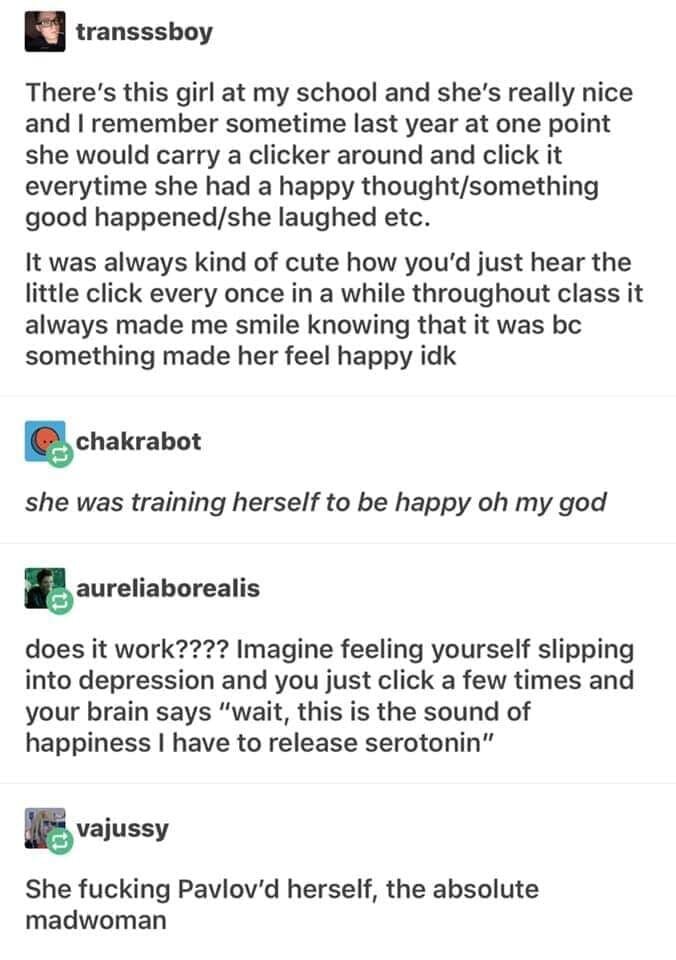How to MICRO-DOSE on meditation
Until now, I’ve been following the advice of most meditators: focus on extending practice times, and you’ll make progress. But what if you went shorter?
Over the last few months I’ve been trying to extend my writing sets and condense my larger daily routine. The trend of microdosing on psychedelics is thought to boost productivity throughout the day, but not having access to a bag of drugs, I thought meditation could be a poor man’s equivalent. If I tried meditating between word sprints, the logic was that it would help recharge me, and I’d be able to write longer.
My old, formal meditation sessions ranged anywhere from 20 - 40 minutes, cycling between techniques. At some point in the practice, I’d feel an internal shift. For compassion meditation, I get the blissed out relaxation that comes from generating affection for people. For tantra, it’s energy and hope, for gratitude it’s a sense of luckiness and freedom. It’s a specific feeling for each, but some days I just don’t get there.
But when I changed my schedule and tried compassion meditation for 2 minutes between writing sets, what happened surprised me.
After 2 weeks, I could sense that internal shift occurring stronger, faster, and more consistently. I switched to 1 minute, and got the same results. Then, I successfully tried it with other techniques like single-pointed concentration, vipassana, selfing, and faster EFT.
Why did this work?
ACCELERATED LEARNING
Research out of Johns Hopkins University suggests that slightly changing up practice results in significantly better performance. 86 volunteers were trained to use a “force transducer” - essentially an electronic mouse you move around the screen by squeezing rather than sliding. The volunteers were separated into groups. One group had a second training session before a final test. Another group’s second training session was altered so the squeeze was slightly different every trial. And the third was a control group with no second training session.
The group with the changing grip improved almost twice as much as the first group in both speed and efficiency.
What’s crazy is that this might even work with visualization alone.
In a 2019 study baseball players were asked to practice visualization techniques to improve their practice (there’s been research that shows that mental rehearsal can improve performance). The players were divided and instructed to practice combinations of slow motion, normal speed, and faster than normal visualizations of hitting a baseball.
While all groups improved, the largest improvements came from the players that visualized all speeds.
Although this last study had a small sample size, to me this suggests that the mind learns by gauging and practicing relational differences.
And that’s not the only reason why this may work.
EXPECTATION
I think the element of expectation plays a huge subconscious role in our behaviors and mental adaptations, even if it’s on a subtle level. If we are expected to do a certain amount of work, we figure out a way. And when we come up against a border, especially a shortened one, our mind naturally adapts.
An artist friend of mine once challenged himself to create a sketch a day for 30 days. He said it helped him get more efficient. People like YouTuber and music producer Andrew Huang undergo amazing challenges – for him it’s with sound production (here’s him making a music album in a day). He not only thrives off of it, but I think it’s something that makes him a better producer.
I’ve always seen cross training as engaging in different types of activities - like a mixed marital artist training in ground fighting or boxing for a time. But in this case, mixing times and expectations may work just as well.
But beyond cross training, it feels like something even more odd is at play.
MINDLESS LEARNING
There’s been a lot of talk about deliberate practice - and I’m a big fan of it, especially when it comes to meditation.
But the quality of this type of adaptation felt different. It felt like I was improving despite myself. I wasn’t consciously flexing anything - in fact, I wasn’t even trying to get better at meditation – my focus was on writing. Yet, I’ve still improved.
This practice is a potential method to effortlessly level up any skill. Perhaps just as importantly, it makes skills more agile.
In a Tim Ferriss Show podcast, Josh Waitzkin, polymath extraordinaire, describes training himself to enter a relaxed flow state within moments, an optimal mode for learning. For my artist friend, it helps him work on producing art faster. Andrew Huang can output like crazy. And for meditation, training to shift your mind in such a short period of time can be used in a myriad of real world applications.
—
Nowadays I try cycling quickly between 4 or 5 techniques in one minute, something I never thought possible. I want introduce meditation to more of my real life, rather than relegating it to a formal, calm setting in a closed room. This training immensely helps with that endeavor.
There’s great use in longer meditation sessions. But there might just be as much use in shortening them.
photocred: candle by Nina































































